Come and meet our animals
Meet the Garden's animals!
Breathe in the fresh country air without leaving Paris! Come and meet our animals, both familiar and exotic, and experience the thrill of discovering nature!
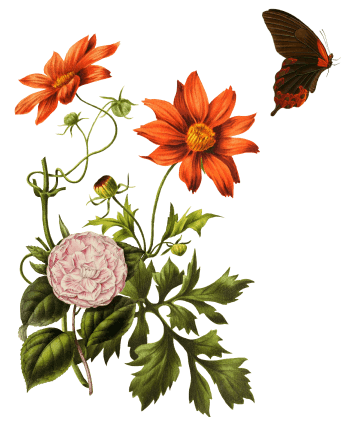

450 animals...
They were the first guests of the Jardin d'Acclimatation. It was for them that the naturalist Geoffroy Saint-Hilaire convinced Empress Eugénie to create the park. The aim was to "acclimatise" flora and fauna from all over the world, before showing them to the Parisians of the Second Empire and then the Third Republic, as well as to their visitors.
Legend has it that at the Jardin des Plantes, the animals were exhibited in cages and enclosures, without the slightest decoration, the smallest branch or shallow pond. At the time, the Jardin des Plantes provided the monkeys with two or three creepers and the lions with a little sand. This - meagre - compensation for captivity, the alibi of a learned society, was supposed to encourage our wild residents exiled to the fringes of the Bois de Boulogne to maintain the behaviour they had in the middle of the forests and savannahs.
Bees in their apiary, exotic birds in the Grande Volière, peacocks and ducks parading through the alleys, as well as rabbits, dwarf goats, a crowned crane, pigs, turkeys, guinea pigs, sheep, donkeys and chickens - these are our guests at the beginning of the 21st century... All these animals are obviously pampered by their dedicated carers.
The animal care team looks after our animal friends every day. They are experts in nutrition, care and hygiene. Above all, they are enthusiasts with diplomas, certificates and qualifications in animal science.
Now's probably a good time to make a recommendation: to contribute to the animals' good health, it's important that our visitors don't feed them.
Unforgettable encounters
An encounter with our adorable furry or feathered friends brightens up a child's day and, ipso facto, brings joy to parents.
Enter their enclosures and whisper to the alpacas at the Rocher Alpin or the goats at the Petite Ferme. Let yourself be enchanted by the joyous trills of the lorikeets in the Grande Volière.
We apologise, however, that for the well-being of our residents or for veterinary reasons, some of the areas that are normally accessible to you may be temporarily closed.

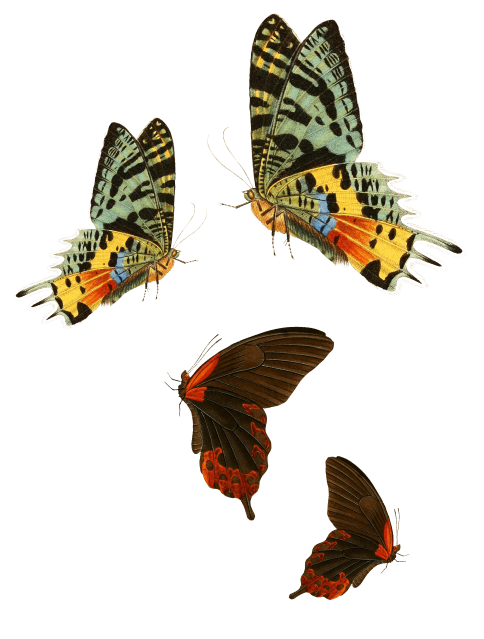
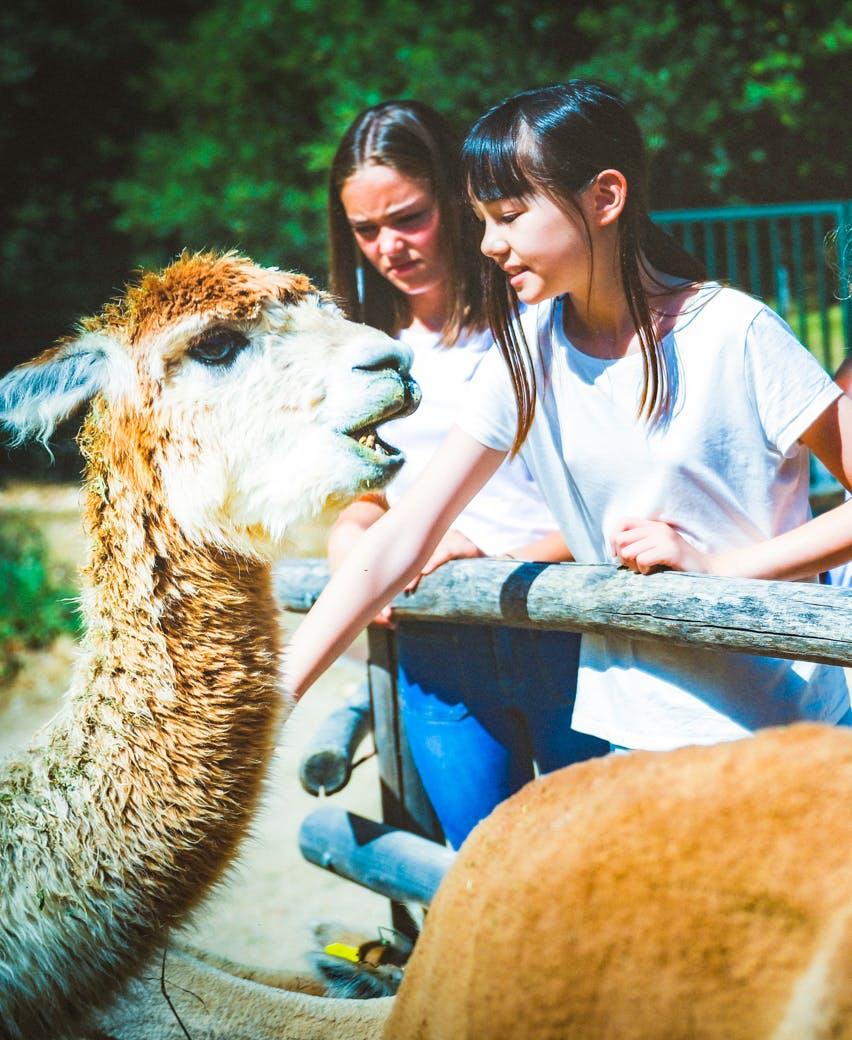
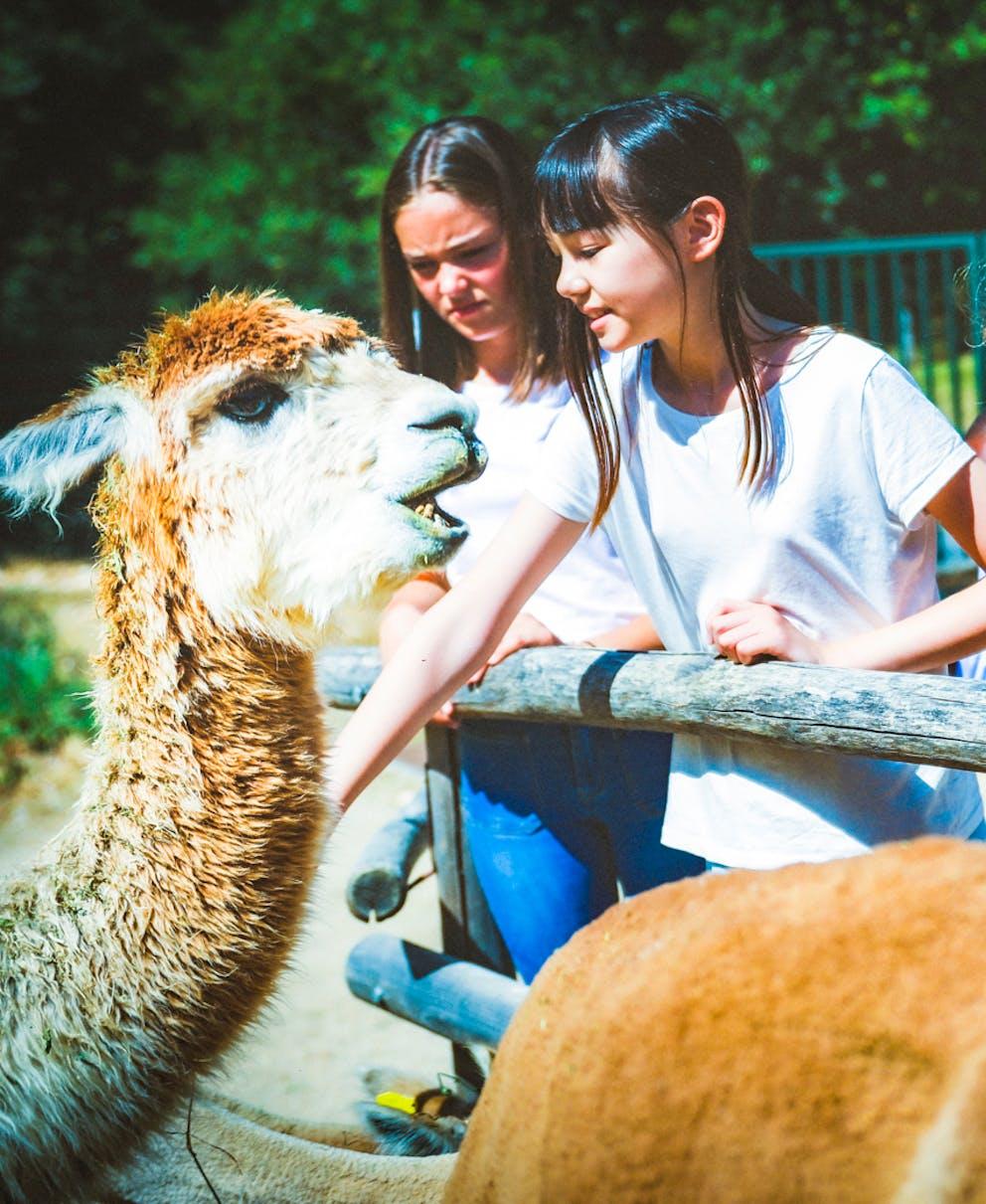
Andean escapades
They are Bolivian or Chilean, small and soft, with long necks and pointed ears. They produce silky wool in 22 natural colours, ranging from black to gold. Their fleece is warm, fine, strong, light and luxurious.
These are the alpacas, cousins of the famous llamas ("Quand lama fâché lui toujours faire ça", for those who remember the little Peruvian boy Zorino warning Captain Haddock in the first pages of the album Le temple du Soleil).
Them? Well, let's say "they", because four females have taken up residence at the foot of the Louis Vuitton Foundation. They are the tenants of the Rocher Alpin, a low-lying pile of the first artificial rocks to be built on the Alps. - made from the first artificial rocks, like those at Buttes-Chaumont and Parc Monceau, installed by the architect Gabriel Davioud in Paris. They live in harmony with Patrick the turkey, who is also South American after all.
Accompanied by an animal keeper, you can enter their enclosure, get up close to them and feel the kindness of these graceful camelids. An unforgettable experience!

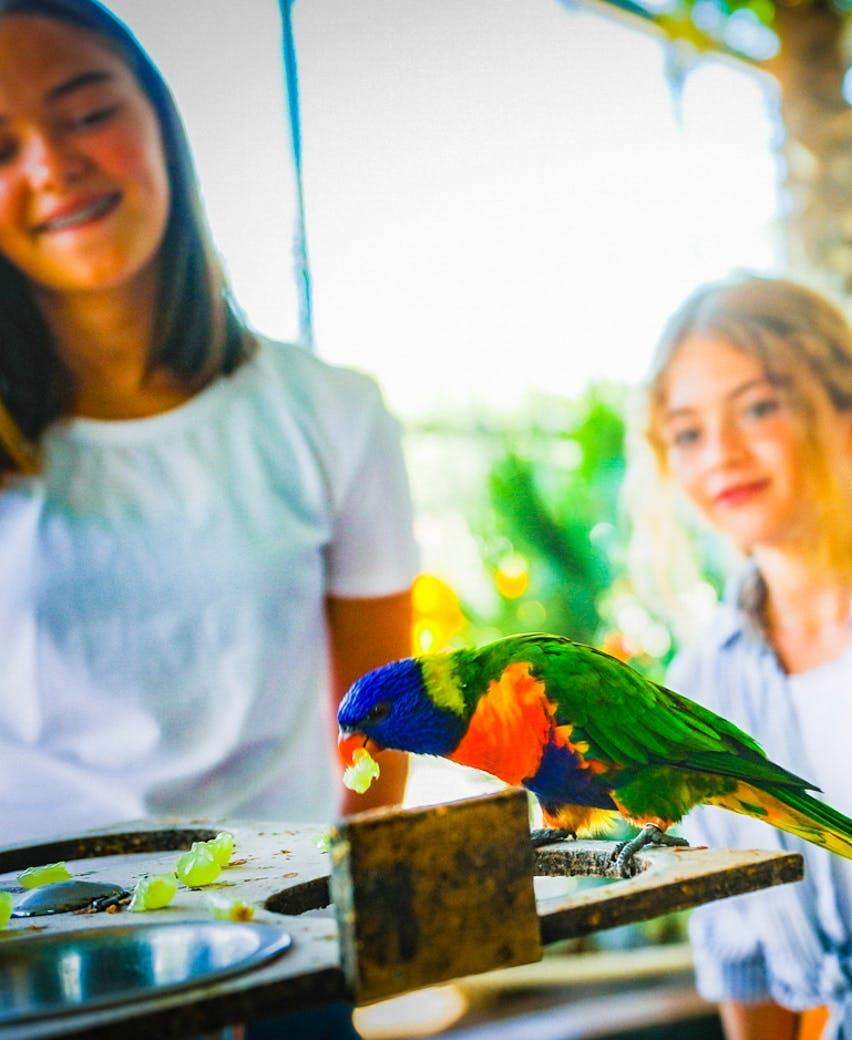
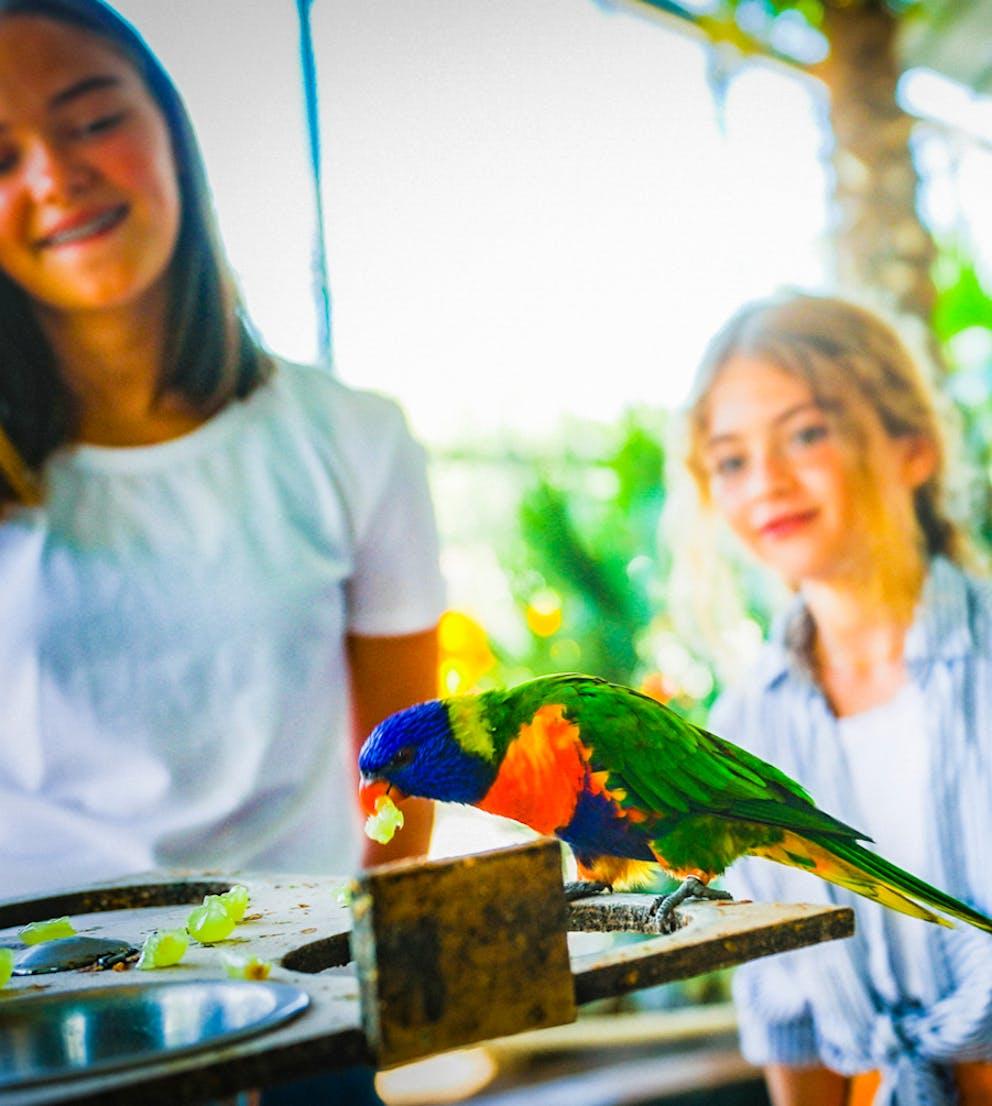
Welcome to the temple of exotic birds
Jardin d'Acclimatation boasts another architectural treasure: the Grande Volière. It was built in 1860 by the ingenious Gabriel Davioud, who created an elegant structure combining glass and cast iron from Pont-à-Mousson.
This metal lacework is home to more than 150 birds from all over the world: the lop-eared colombina, the large green eclectus, various types of parakeet, the grey geopelia, the red ibis, the sun conure, the blue-fronted amazon, several varieties of parrot, the green teal, the African russet pigeon, the superb choucador, grouped by continental or regional origin...
And then there are our stars: the lorikeets. These small, multicoloured birds from Australia and Indonesia have long tails and big appetites. Lorikeets are very friendly and not shy, so much so that they don't hesitate to sit on children's shoulders. They love to eat fruit and sing at the top of their voices!
You are allowed to approach them by entering their cage, accompanied by a carer.
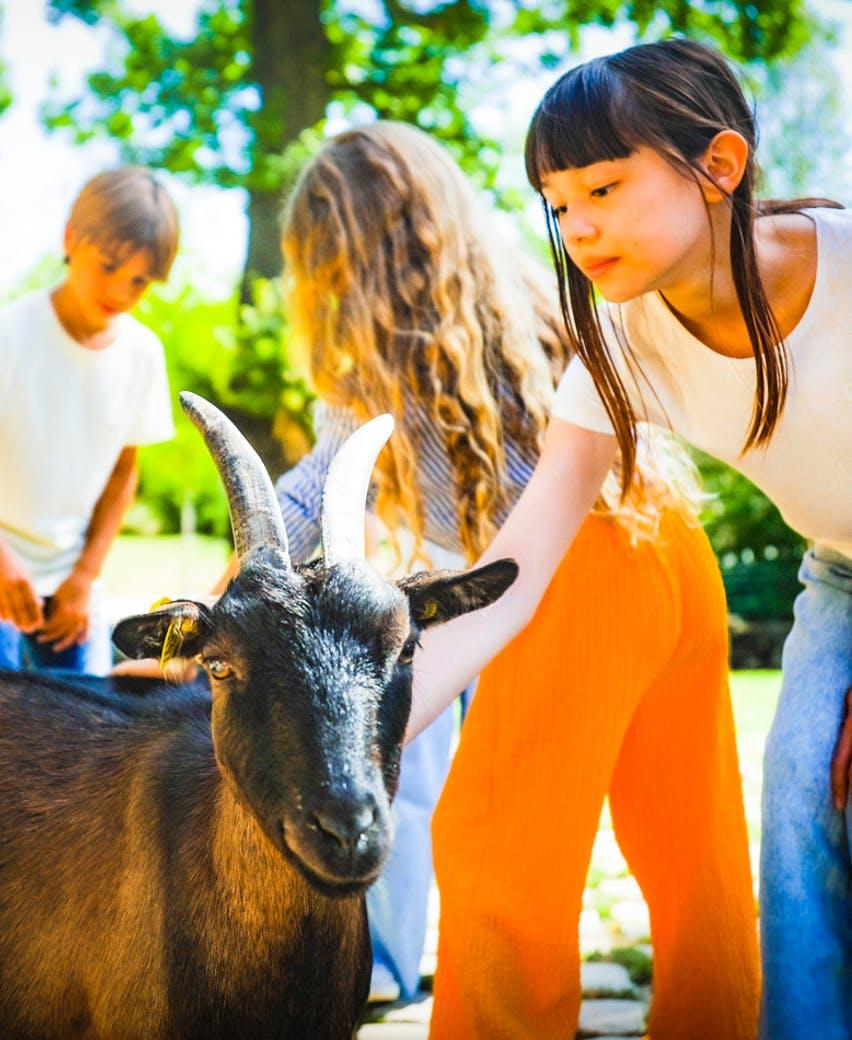
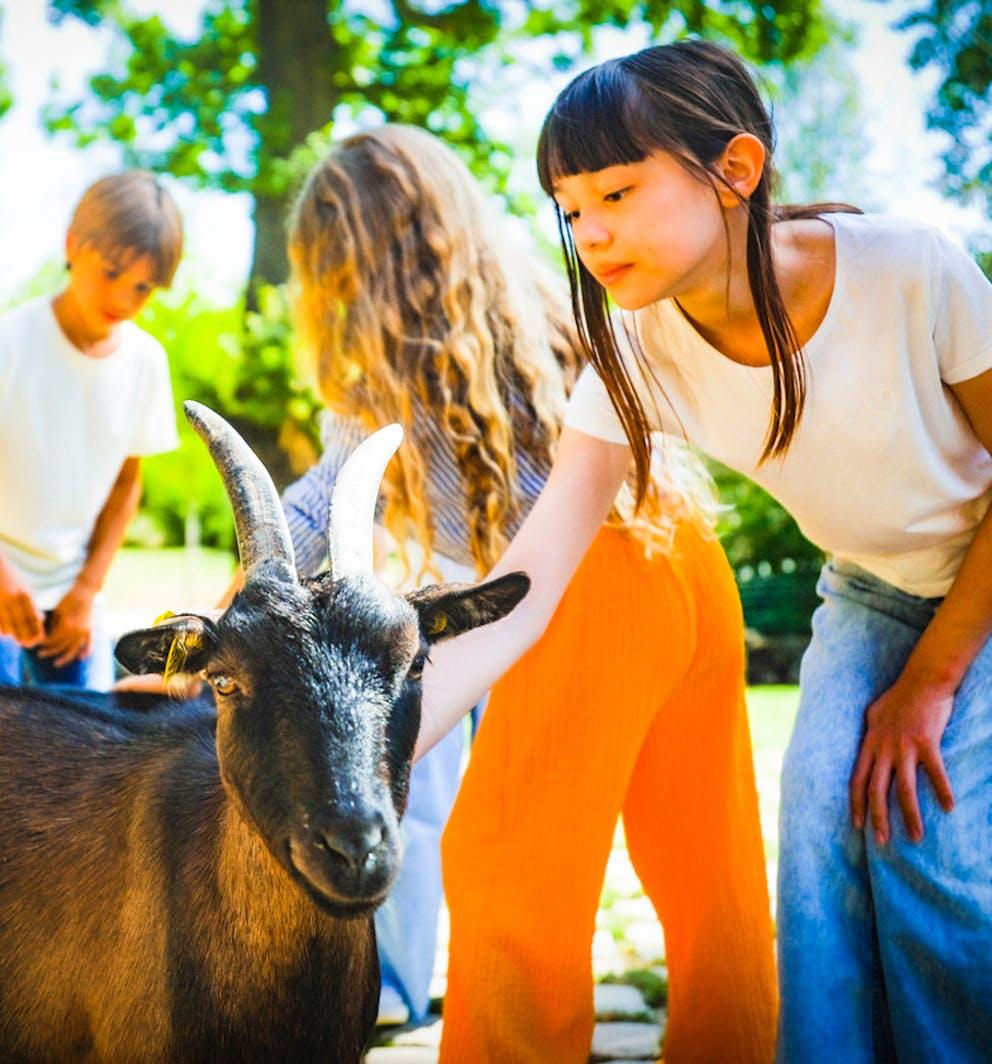
The countryside in Paris
Ferme Saint-Hilaire is the oldest educational farm in Paris, just a few metres from Porte Maillot.
You're sure to love the Norman style of this charming hamlet, with its thatched roofs and half-timbering. All the buildings are built in the 4/5th century, giving them a childlike, reassuring feel, as if you were walking through a dolls' village. The farm is home to around fifty animals, including rabbits, guinea pigs, Rove goats, Ouessant sheep, donkeys and chickens. Not to mention a number of stowaways, geese, bustards and waders who, on their way to North Africa, take a little rest and enjoy our table. This merry band lives to the rhythm of the seasons and births, awakening young city dwellers to the realities of the rural world.
Below us, a calm stream flows by, lined with Japanese cherry trees, where ducks swim and we leap from stone to stone. A little further on, children will be delighted to be able to enter the enclosure of the dwarf goats and touch and stroke them! This personal exploration of nature will delight them and give them a valuable insight into animal life!

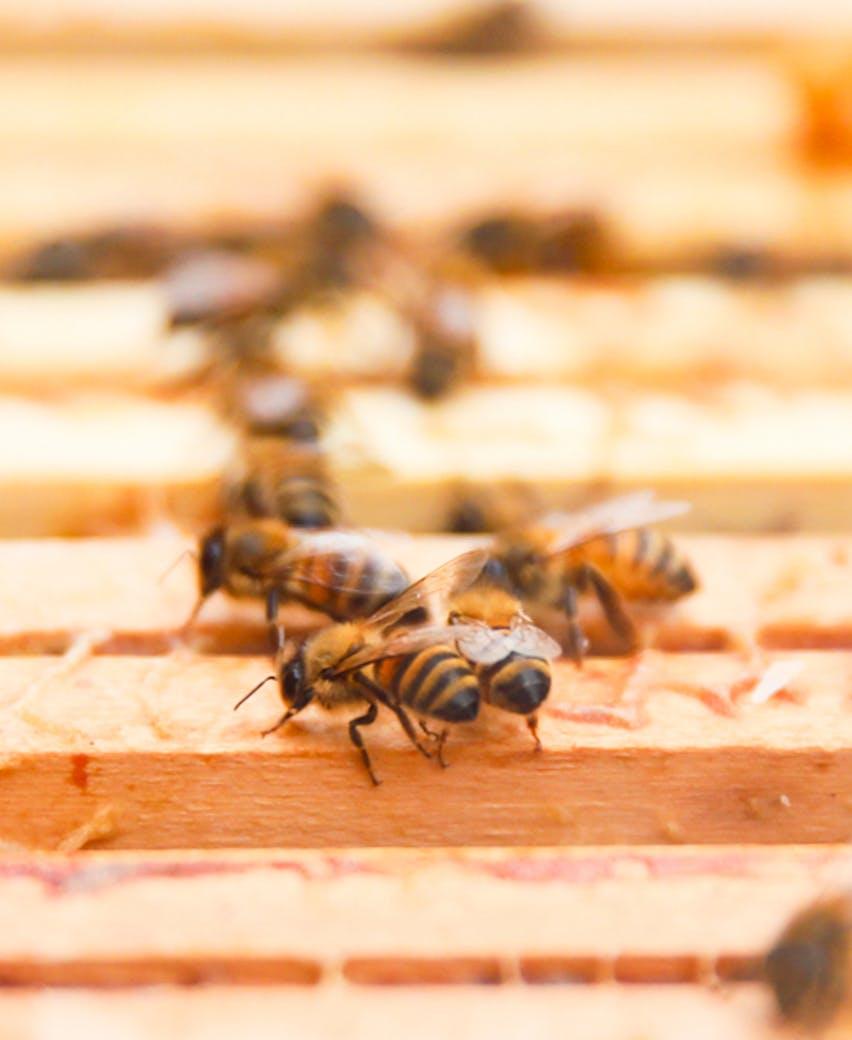
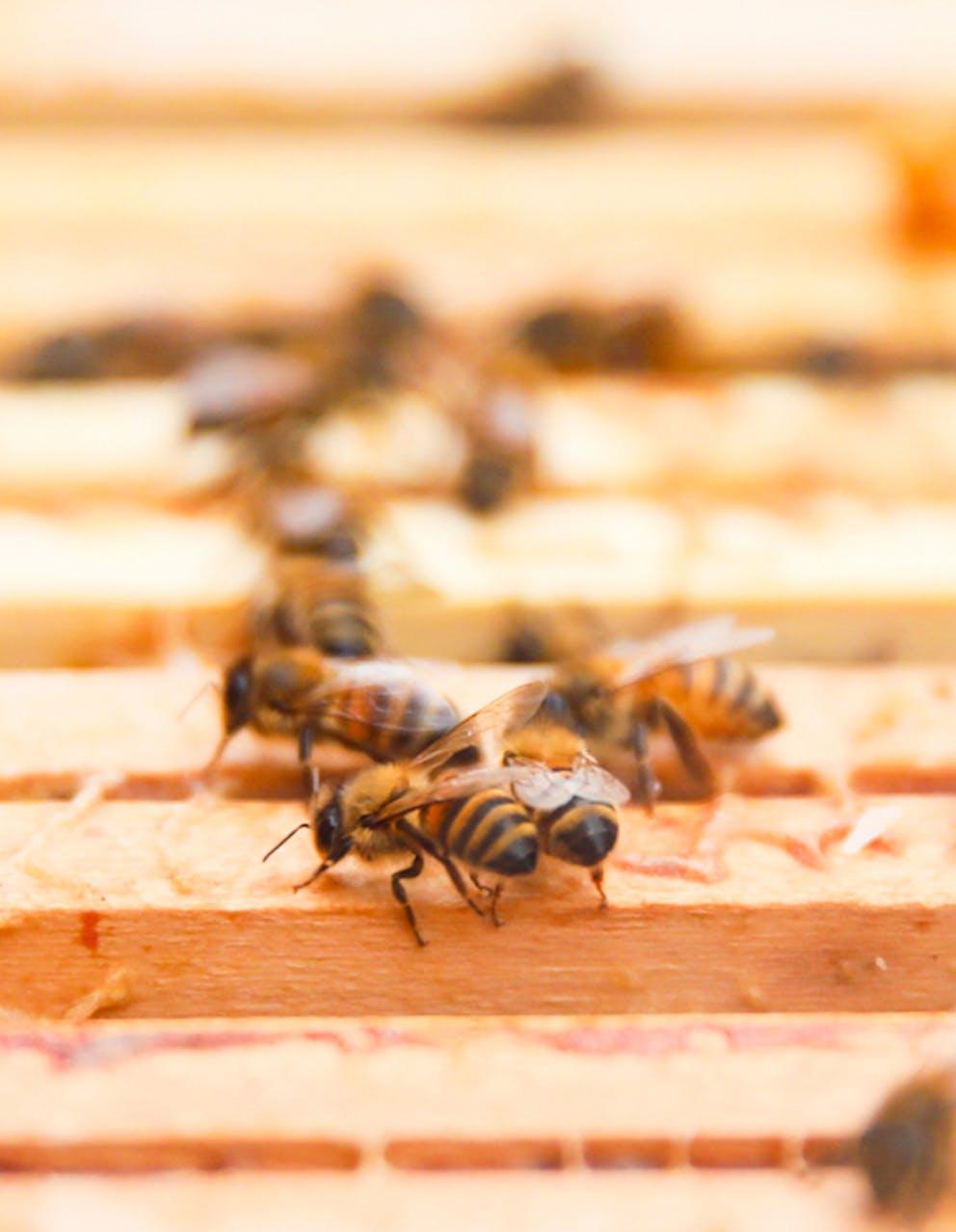
Honey and bees
Long housed at the Jardin d'Acclimatation, the bees now have an educational apiary at the chimney where they produce their delicious nectar. Each of the three hives houses a colony of 20,000 bees in winter, rising to 80,000 in summer.
Every day, these pollinating insects, beautifully striped in yellow and black, gather pollen from hundreds of flowers within a radius of 1 to 5 km around their hive. They take advantage of the park's 18 hectares and its varied, pesticide-free flora, but also venture as far as the Eiffel Tower or the La Défense district.
Like the wind, butterflies and beetles, bees - both wild and domestic - play an active role in the reproduction of flowering plants. These model hives provide an exceptional refuge for these sentinels of the environment, as they are keen to preserve their ecosystem.
The Jardin d'Acclimatation is pleased and proud to be taking part in the preservation of biodiversity with these melliferous and pollinating hives, in the image of the great perfumer Guerlain.
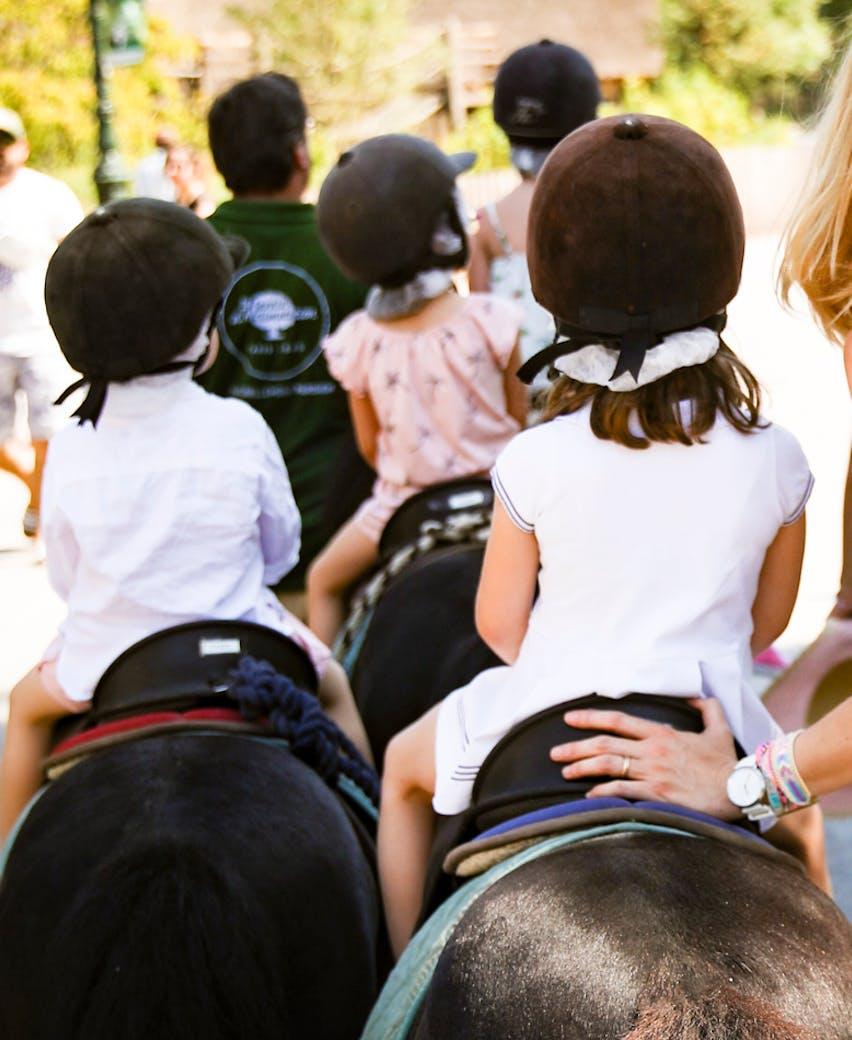
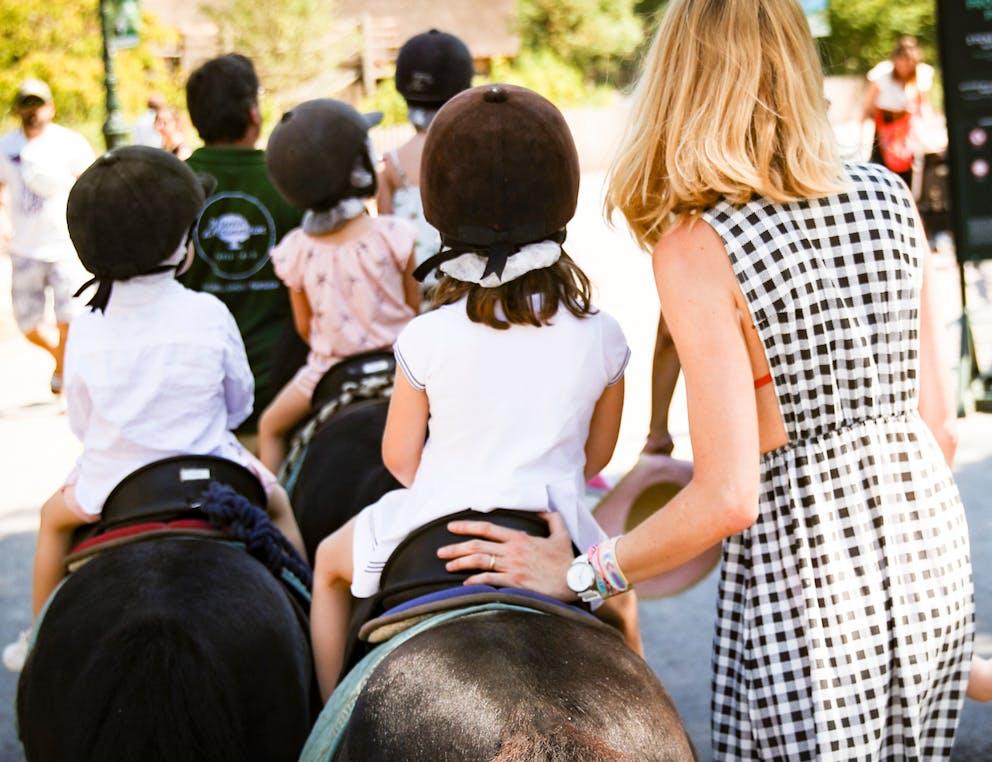
Our friends the ponies!
We couldn't finish without mentioning them. They, too, are close to Beuzeville, Conteville or Val-de-Reuil, as they wait for you under a meadow directly imported from the Eure. They walk at a leisurely pace, go to the vet for the slightest cold, eat a balanced and healthy diet, are put out to pasture during their holidays and enjoy a happy retirement when the time comes. These are our ponies. They are in countless films and photos. They have transported generations of children guided by one of our animal guides. They are still waiting for you. They will always be waiting for you.
We hope to see you soon!